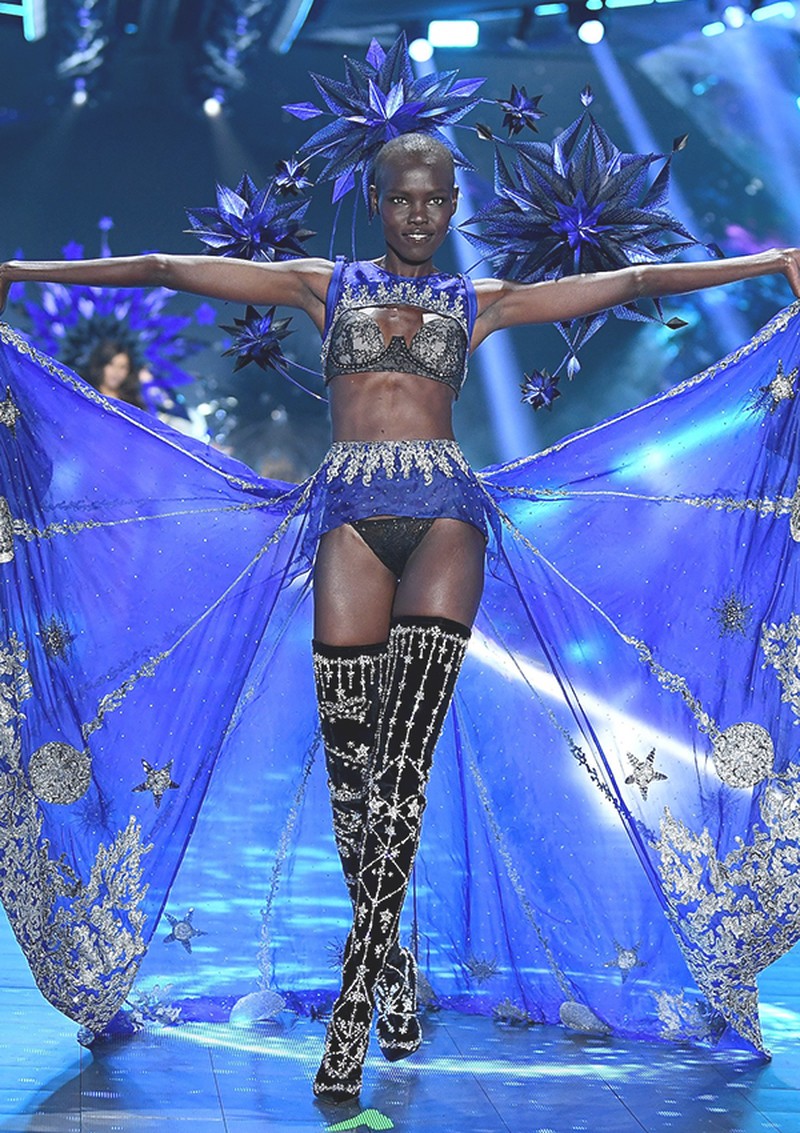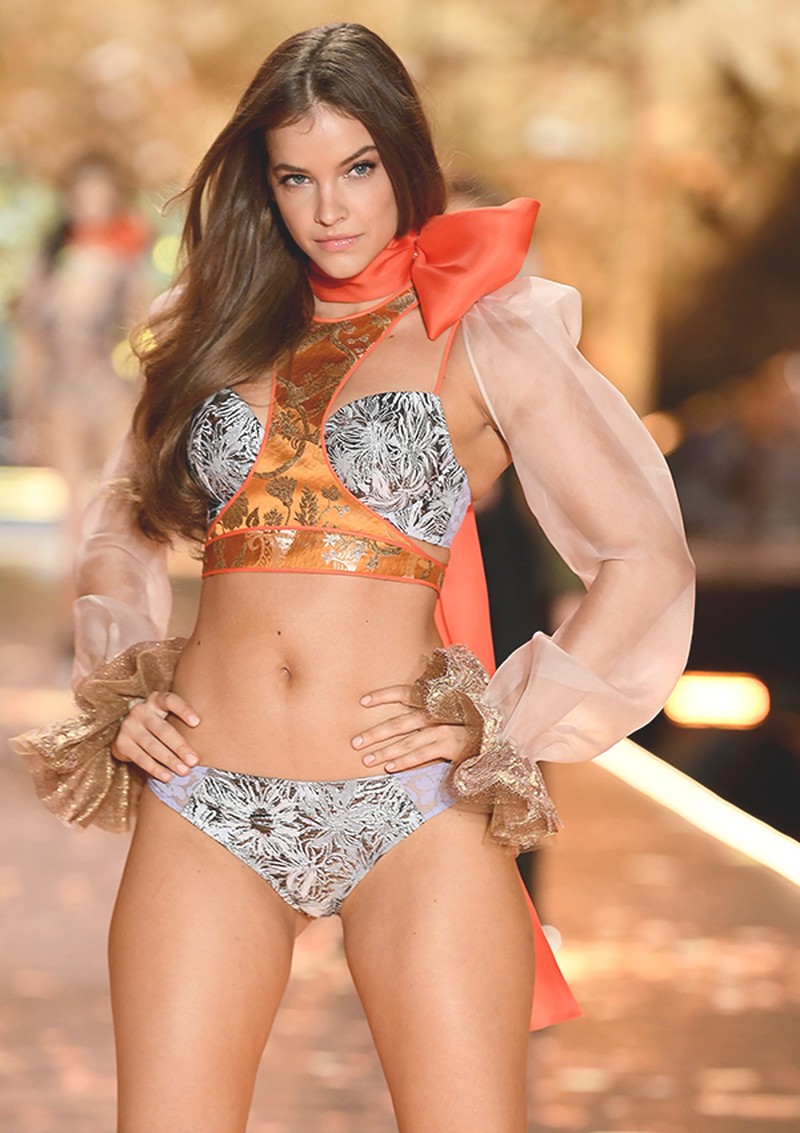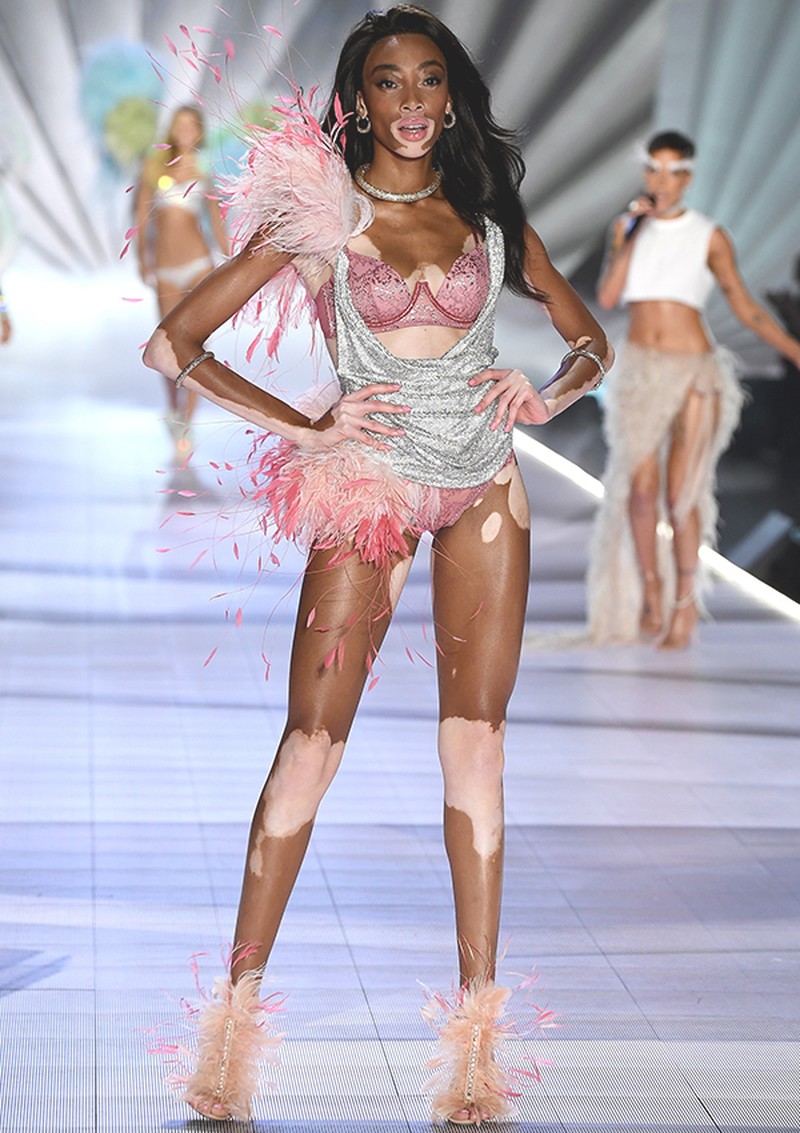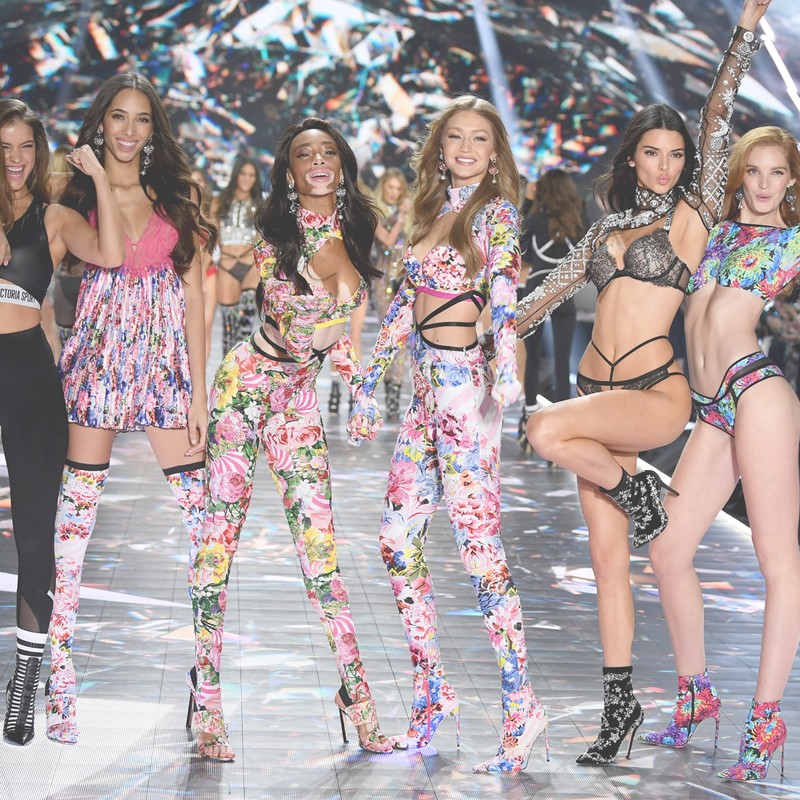Can You Be A Feminist & Watch The Victoria’s Secret Fashion Show?
No brand seems to trigger more eye rolls amongst women than Victoria’s Secret. So much so that I hid my feelings about the brand for years – but today, I’m loud and proud about my appreciation. Being completely frank, the ‘boob model’ their bras are created around must have a similar breast shape to me, because never have I found a better fit, shape and lift. Not Agent Provocateur, not La Perla, not good old M&S… And to the uninitiated, they do a lot more than extreme push-up padded styles, I’ll wax lyrical about the Unlined Uplift range to anyone who’ll listen. Trust me, if you haven’t tried it, you’ll be pleasantly surprised (and – I’d put money on it – a loyal VS customer).
But this isn’t just about underwear. You certainly don’t need a pair a of tits to know, or care, about the VS Fashion Show, but accusations that the annual event is held solely for the benefit of men is laughable. It might have been initially – their first few Valentine’s Day shows in the 90s, along with those notorious ‘holiday’ catalogues encouraging men to buy VS for the women in their lives – but a subsequent rebrand saw the retail giant firmly focus on targeting women. Today, they reportedly spend an average of $12m (about £9.2m) on putting the extravaganza together; a huge figure considering most major catwalk shows come in at around the $1m mark. All just to cater to male fantasies? When 98% of their customer base is female, I suspect not.
Most people’s problem with the show comes down to objectification. The brand has been accused of presenting women as sex objects, of broadcasting ‘soft porn’ to the homes of America, and of promoting unrealistic body image ideals (which I’ll delve deeper into a little later). I can’t completely discredit the criticism, but it’s the way VS is singled out I take issue with. Scantily clad, sample size models; a huge spectacle with OTT runway sets; a lack of real diversity – those three points of contention could just as easily apply to certain major fashion houses as Victoria’s Secret.
Yet there's a sense of snobbery in the way some people speak about VS, especially in certain circles (in fact, whilst working for a major newspaper a few years ago, I saw a fashion editor throw her invitation straight in the bin). While some feminists lambast the entire industry – the female workers being exploited to bring us fast fashion, the cases of mistreated models, the insidious dream it sells to women – others take joy in it, work in it, are proud to support it. But as a feminist who likes VS? You can bet whatever I say will get scoffed at. Like women on the whole when they express their sexuality, it's not taken very seriously – and even the 'good feminists' among us should be able to see the problem with that.



Having been along to one of the shows myself – when the Angels came to Paris in 2016 – I can confirm it’s a world away from typical fashion week productions, but in a surprisingly brilliant way. Yes, a lot of the models are fashion week regulars, but many others really are far more athletic than you’d ever see on a PFW runway. They’re also smiling (shock, horror) and actually having fun. Behind the scenes, they’re well looked after – the backstage area is hectic, but a far cry from anything I’ve seen before a ‘regular’ show – and everyone involved is paid a decent wage for their time.
Beforehand, I assumed I’d come away feeling slightly down in the dumps (after all, I am not a six-foot-tall supermodel and will most likely never have a million-dollar diamond bra caress my skin), but I left elated – everyone there did. The live performances from big-name artists most definitely played a part, but there was something so empowering about the show, despite all the protestions otherwise.
Until I set eyes on that runway, I'd never seen anyone so confident, happy and at ease in their own skin. Granted, you could say that’s because they're supermodels; blessed with the body type our society deems most attractive, but I reckon that’s a load of rubbish. I’ve seen plenty of women with ‘ideal’ figures, gorgeous faces and perfectly tonged hair in real life, and none of them exuded such conviction in their fabulousness. In fact, most of them have admitted to feeling insecure. I’m sure the Angels – after all, only human – have their moments too, but we could all do with a dose of that glowing self-assurance that lights up the catwalk.
Another brand letting models show a little personality whilst wearing its garms is Rihanna’s Savage X Fenty. With sequin nipple covers, completely sheer fabrics and bondage-style harnesses, it’s a lot raunchier than anything VS has sent down the runway. And they even nabbed a few Angels for the occasion – Joan Smalls, and Bella and Gigi Hadid. But the lingerie line's debut show at New York Fashion Week back in September was lauded in every headline for "empowering" women.
The big difference? Inclusivity. Skin tones, body types, different stages of womanhood (pregnant model Slick Woods cradled her third-trimester baby bump while wearing little more than pasties) – it's safe to say Rihanna nailed it on the diversity front.
And while the same can't be said for VS right now, I don't believe that will be the case for much longer. While the bulk of designers have free rein to put whoever they wish on the runway, VS is a huge corporation; one with an 81-year-old billionaire as its Chairman and CEO, and stakeholders, shareholders and investors to keep happy. When that much money is involved, big branding changes aren't easy to make.
But if you look at the way they've altered their approach over the past few years, there's a notable move in the right direction: Jasmine Tookes' Fantasy Bra photoshoot was released with her stretchmarks unedited, models like Maria Borge and Herieth Paul have ruled the runway with their natural hair on show, Grace Bol proudly showed off her shaved head, Barbara Palvin – still super slim by non-fashion industry standards, but far more curvaceous than we've ever seen at VS – walked in the show yesterday and looked absolutely incredible. As did Winnie Harlow, one of the most inspirational models around right now, famous for embracing her vitiligo. These may be baby steps towards true inclusivity, but having garnered positive reactions from the public and press, we're bound to see braver ones.
Having the likes of plus-size supermodel Ashley Graham don a pair of those famous wings? That's when we'll know things have really changed. But for now, consider the backlash if VS, never having joined the body-positive conversation before, suddenly sent her down the catwalk – without a doubt, they'd be accused of hypocrisy; cashing in on the movement without even a thong-size shred of genuine support. Give it a couple more years, however, and things will likely look a whole lot different. And I, for one, can't wait to see it.
DISCLAIMER: We endeavour to always credit the correct original source of every image we use. If you think a credit may be incorrect, please contact us at info@sheerluxe.com.


